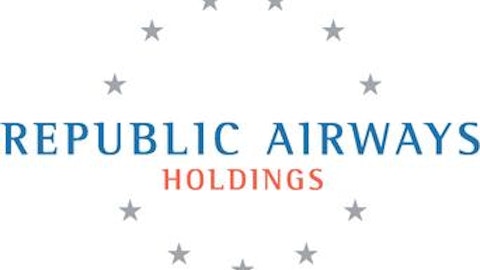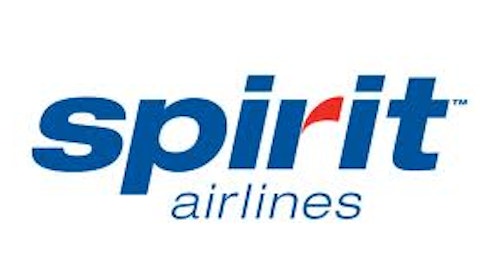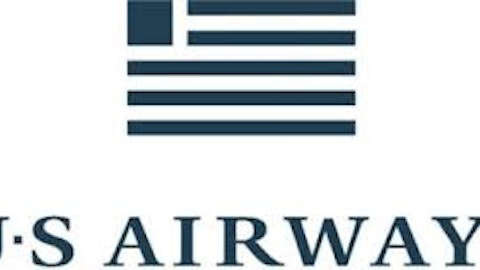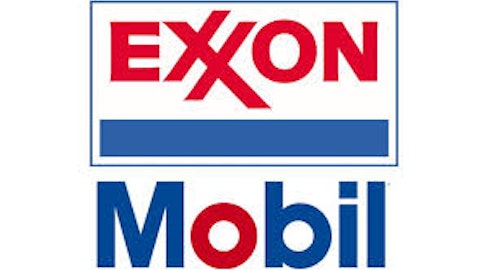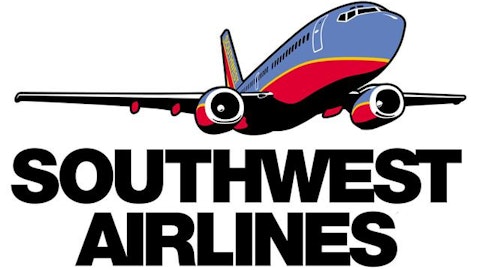The What
Last week’s agreement between US Airways Group, Inc. (NYSE:LCC) and American Airlines (in Chapter 11) will create the nation’s largest carrier in terms of revenues. LCC shareholders should take note, as they would own 28% of the resulting company, with American stakeholders (mostly creditors) owning the remaining portion. The proposed American Airlines Group would be led by current US Airways CEO W. Douglas Parker. It would operate nine domestic hubs, including five on the east coast. American’s market share would ascend to #1 in the eastern U.S. and central U.S. regions, and #3 on the west coast.
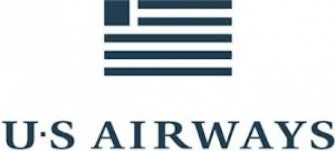
At first glance the pending merger looks great for US Airways. Delta Air Lines, Inc. (NYSE:DAL) improved its efficiency significantly after its purchase of Northwest, partly by way of fleet optimization. That legacy carrier is now consistently profitable thanks to heightened productivity and fuller aircraft (increased load factors). Secondly, United Continental Holdings Inc (NYSE:UAL) is making strides in its realization of merger benefits, stating a goal of more than $1 billion in revenue/cost synergies annually. See my earlier blogs: More Airline Consolidation on the Way? and Can United Continental Stay on the Rise?
So What?
One challenge faced by large airlines for more than a decade now is the expansion by carriers with lower cost structures on their route networks. These combinations address this problem by providing economies of scale and scope. For example, American gains on the revenue line from the availability of new city pairs to fly between. Like Delta, it will also redeploy its fleet to higher-profit routes. On the cost side, the integration of facilities and functions should bear fruit. All told, American is targeting $1.4 billion in annual merger synergies, while one-time transaction costs are likely to amount to about $1.0 billion.
Moreover, about $150 million in labor cost synergies are anticipated from the combo. Thus, American’s labor outlays, the primary factor that caused it to file for bankruptcy, will be competitive with those of Delta and UAL, as the reorganization has also allowed for relief on this front.
Summing it up, American and the other majors are taking the right steps to mitigate the effect of low-cost competition and position themselves for sustained profitability. The inclusion of American in the oneworld Alliance is another positive. Certainly, international flying will probably continue to grow and become more profitable given favorable conditions. Accordingly, American Airlines is poised to emerge as a strong carrier better adapted to the environment and well-positioned to grow its presence even further.
